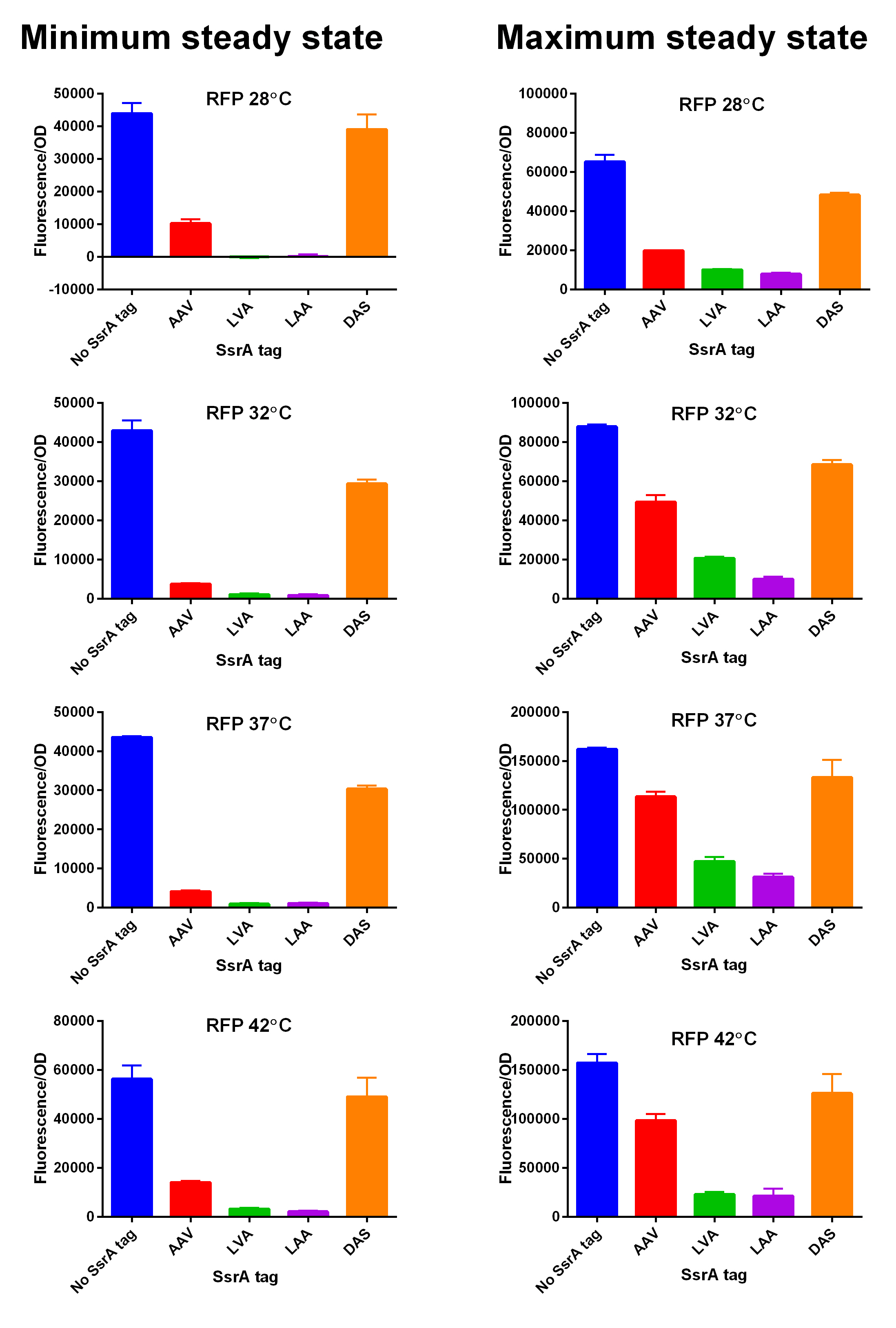Difference between revisions of "Part:BBa I11012:Experience"
(→User Reviews) |
(→User Reviews) |
||
| Line 31: | Line 31: | ||
|- | |- | ||
|width='10%'| | |width='10%'| | ||
| − | <partinfo>BBa_I11012 2</partinfo> | + | <partinfo>BBa_I11012 AddReview 2</partinfo> |
<I>Edinburgh IGEM 2014</I> | <I>Edinburgh IGEM 2014</I> | ||
|width='60%' valign='top'| | |width='60%' valign='top'| | ||
Revision as of 23:17, 15 October 2014
This experience page is provided so that any user may enter their experience using this part.
Please enter
how you used this part and how it worked out.
Applications of BBa_I11012
User Reviews
UNIQc552fd0521aa2423-partinfo-00000000-QINU
|
Antiquity |
This review comes from the old result system and indicates that this part did not work in some test. |
UNIQc552fd0521aa2423-partinfo-00000002-QINU
|
••
Edinburgh IGEM 2014 |
iGEM14_Edinburgh added this tag to RFP (Part:BBa_K1399000) and constructed lactose/IPTG inducible measurement pathway (Part:BBa_K1399010) to characterize and compare the instability of this SsrA-AAV tagged RFP to others containing different variants of SsrA tags. We determined the steady state fluorescence/OD ratio of E. coli JM109 at uninduced (minimum steady state) and induced (maximum steady state) state. To see how the temperature of environment can affect protein degradation efficiency we repeated experiments in several temperatures (28⁰C, 32⁰C, 37⁰C and 42⁰C). Our data are summarised below. (For more information on SsrA degradation tag system, our experimental assays and results please visit our wiki page [http://2014.igem.org/Team:Edinburgh].) |


